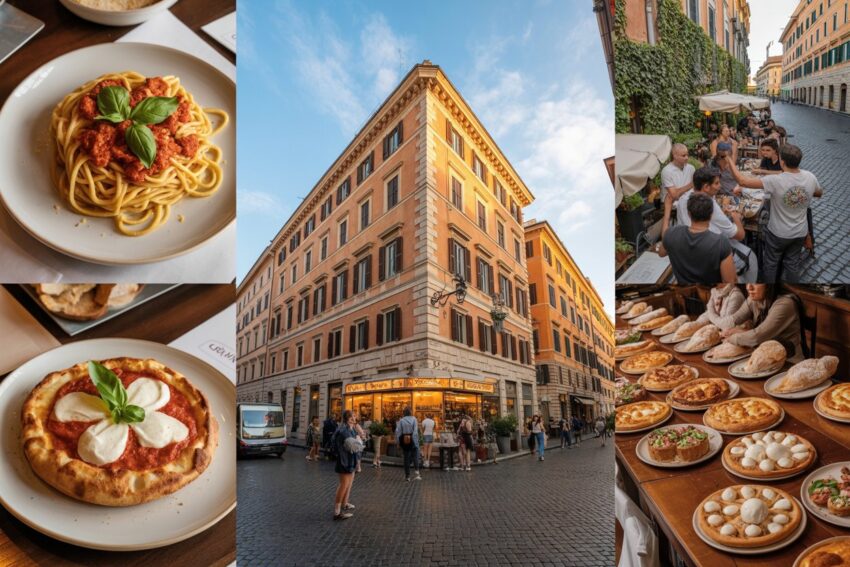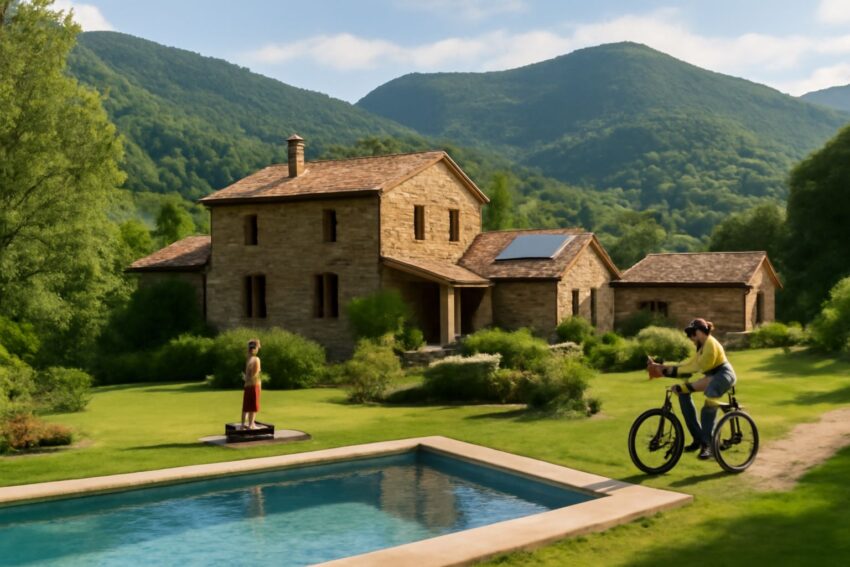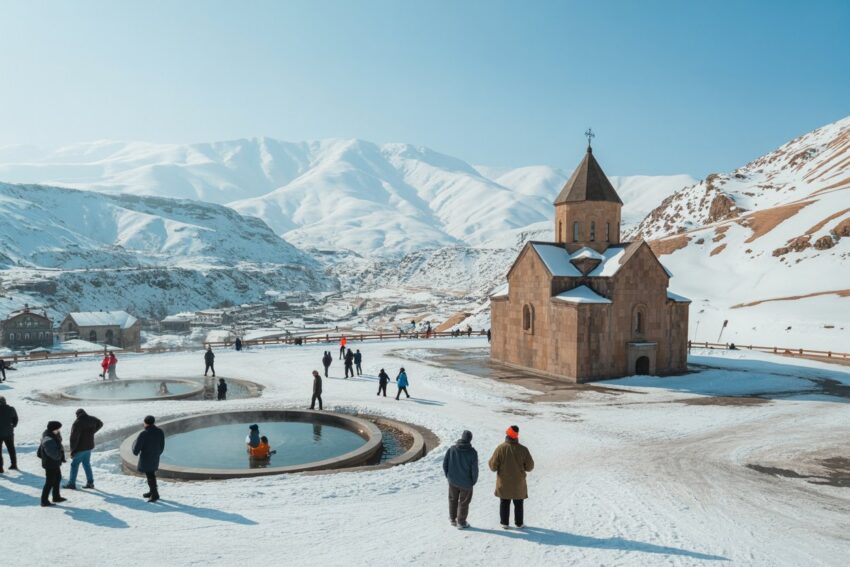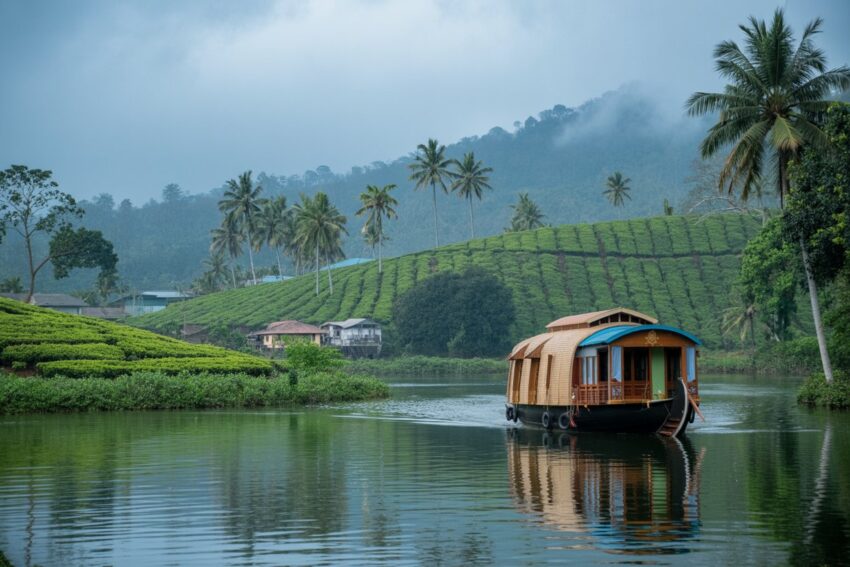Rome’s Flourishing Gluten-Free Dining Scene: A Boon for Travelers and the Tourism Industry

Rome’s Commitment to Gluten-Free Dining
Rome has emerged as a leading destination for travelers with celiac disease and gluten sensitivities, offering a diverse array of gluten-free dining options. This transformation is the result of Italy’s proactive approach to celiac disease awareness and its integration into the country’s culinary culture.
The Role of the Italian Celiac Association (AIC)
The Italian Celiac Association (Associazione Italiana Celiachia – AIC) has been instrumental in promoting gluten-free dining across Italy. Established in the early 1980s, AIC has worked tirelessly to raise awareness about celiac disease and to train restaurant staff on safe food preparation practices. Through its “Eating Out” program, AIC certifies restaurants that adhere to strict guidelines to prevent cross-contamination, ensuring that individuals with celiac disease can dine out safely.
This initiative has led to a significant increase in the number of certified gluten-free establishments in Rome and throughout Italy. As of the latest data, Rome boasts over one hundred certified gluten-free restaurants, a testament to the city’s commitment to inclusivity and quality dining.
Economic Impact: Boosting Tourism and the Local Economy
The rise in gluten-free dining options has had a positive impact on Rome’s tourism industry. Travelers with dietary restrictions are increasingly seeking destinations that cater to their needs, and Rome’s reputation for gluten-free dining has made it a preferred choice. According to a study conducted by the Italian Ministry of Health, the number of tourists visiting Italy with dietary restrictions has been steadily increasing, with a significant portion choosing Rome for its culinary offerings.
This influx of gluten-free travelers has not only boosted the tourism sector but has also contributed to the local economy by supporting restaurants, bakeries, and other food establishments. Furthermore, the demand for gluten-free products has encouraged local producers to innovate and expand their offerings, further enriching Rome’s food scene.
Culinary Delights: Gluten-Free Options in Rome
Rome’s culinary landscape offers a plethora of gluten-free options that cater to various tastes and preferences. From traditional Roman dishes to innovative creations, diners can enjoy a rich gastronomic experience without compromising their health.
Gluten-Free Pasta and Traditional Dishes
Many classic Roman dishes are naturally gluten-free or can be easily adapted. Restaurants like Armando al Pantheon and Piatto Romano serve high-quality gluten-free versions of staples such as carbonara, amatriciana, and cacio e pepe. For instance, Trattoria da Cesare al Casaletto offers gluten-free mezze maniche and even gluten-free supplì (fried rice balls), with separate frying methods to prevent cross-contamination.
Gluten-Free Pizza and Bakeries
Pizza lovers can indulge without worry at establishments like Mama Eat, which boasts separate ovens for gluten-free pizzas, and 3.0 Ciro Cascella, known for its Neapolitan-style gluten-free pizzas made with Caputo Fioreglut flour. It’s important to note that while this flour is gluten-free, it contains deglutinated wheat starch, which may not be suitable for individuals with wheat allergies.
For baked goods, New Food Gluten Free bakery provides gluten-free cornetti (Italian croissants) and Roman-style pizza. Celiachiamo, a gluten-free market with multiple locations, offers a variety of pastries, cookies, and bomboloni (filled doughnuts).
Gluten-Free Desserts and Sweets
Dessert enthusiasts need not miss out. Gelateria Torcè offers gluten-free cones made from corn flour, delivering a sophisticated taste and texture. For those with a sweet tooth, various patisseries and gelaterias across Rome provide gluten-free options, ensuring that every meal can end on a sweet note.
Resources for Gluten-Free Travelers
The Associazione Italiana Celiachia (AiC) plays a crucial role in supporting the gluten-free community in Italy. They offer an app that helps travelers find certified gluten-free restaurants and provides information on gluten-free products and services.
Additionally, many hotels and accommodations in Rome are becoming increasingly aware of the needs of gluten-free travelers. Some establishments offer gluten-free breakfast options, and staff are often trained to handle dietary restrictions, ensuring a safe and enjoyable stay for all guests.
Rome as a Model for Gluten-Free Tourism
Rome’s dedication to providing gluten-free dining options serves as a model for other cities worldwide. Through collaboration between health organizations, the culinary community, and the tourism sector, Rome has created an inclusive environment where all travelers can enjoy its rich culinary heritage. Whether you’re seeking traditional Roman dishes or innovative gluten-free creations, Rome offers a diverse array of options to satisfy every palate.
The post Rome’s Flourishing Gluten-Free Dining Scene: A Boon for Travelers and the Tourism Industry appeared first on Travel And Tour World.

